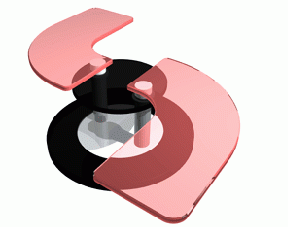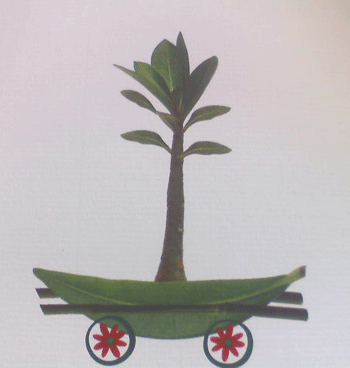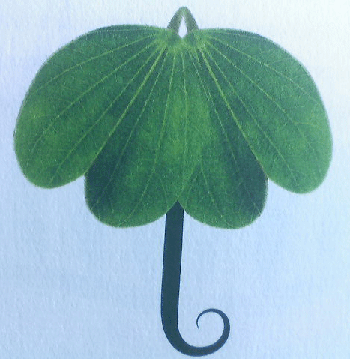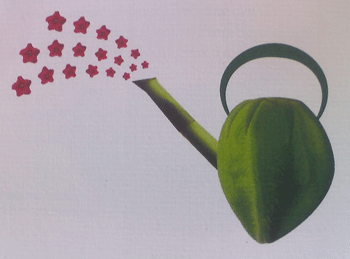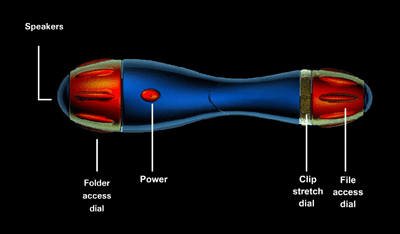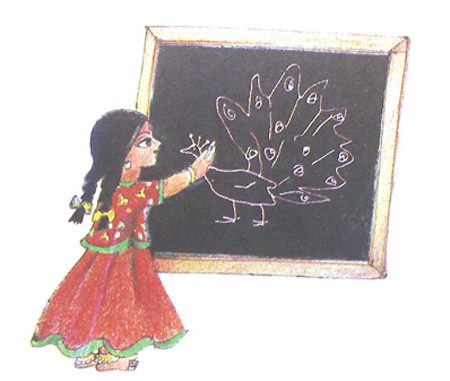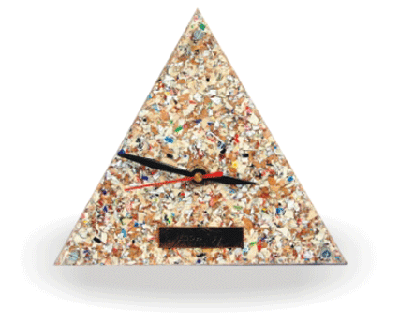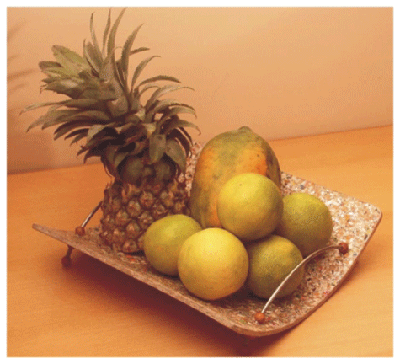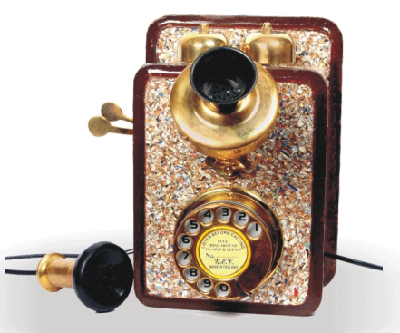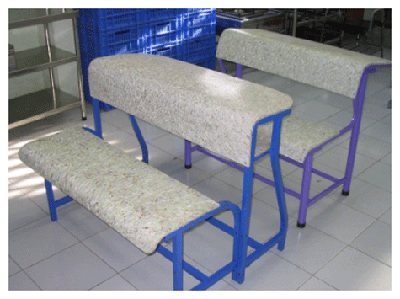When we stored water that too we did in style. Style is incorrect. Splendour or magnificence is the right word for it.
We stored water in stepwells. Stepwells (bawdi or baoli or vav) are in essence wells in which the water can be reached by descending a set of steps.
Stepwells are most certainly one of India’s most unique, but little-known, contributions to architecture.
Stepwells were most common in western India, especially in Gujarat and Rajasthan.
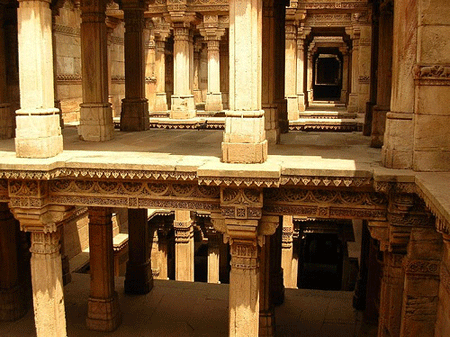
stepwell- Adalaj, Gujarat

stepwell-Adalaj-Gujarat
Stepwells were built deep into the earth about 5 to6 storeys in height. These wells were designed to bring people & god and water & life together. These wells meant to entice everyone to leave their abode for a cool drink of water and retreat.These were for dependable, year-round groundwater.
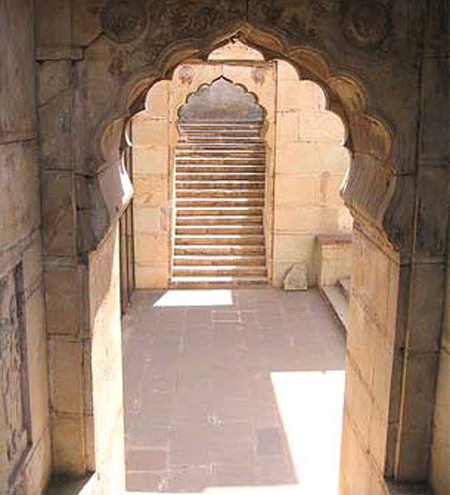
Stepwell-Bundi, Rajasthan
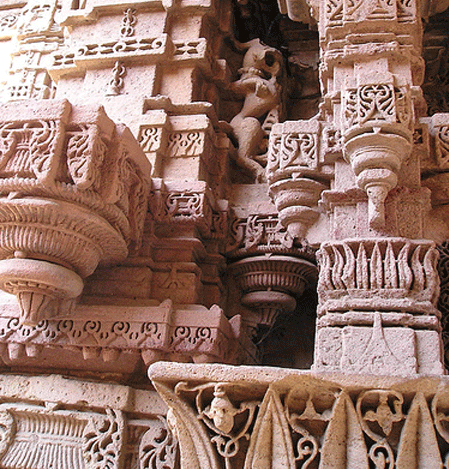
Stepwell carvings
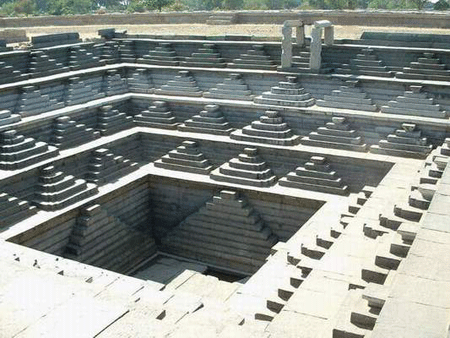
stepwell-Pushkarni,Vijayanagara-Karnataka
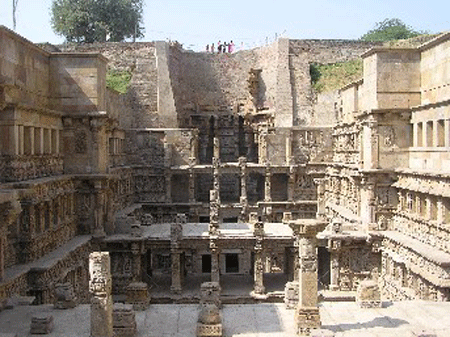
Rani ki vav, Patan, Gujarat
The vavs or baolis (stepwells) consisted of two parts, a vertical shaft from which water was drawn and the surrounding it were the inclined subterranean passageways, chambers and steps, which provided access to the well. The galleries and chambers surrounding these wells were carved generously, which became cool retreats during summers.
Walls of stepwells were lined with blocks of stone, without mortar, and created stairs leading up to the water.
While appreciating the carvings let us not forget the science and engineering skills behind these. So many pillars and lintels are made to support the five or seven storeys and that too everything under the surface of the earth.
Stepwells have also withstood the earthquakes in the range of 7.6 on the Richter scale – the large flat stones joined superbly are hard to move.
These were rainwater harvesting methods of that period.
(An immensely practical idea, the stepwell lost out with the advent of British Raj, who were extremely unhappy with the quality of hygiene that existed in these wells, they installed pipes and pumps.)


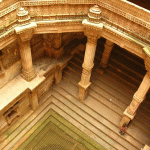
Stepwell-Imambara and Adalaj
click to enlarge
Continue reading water temples of India →


